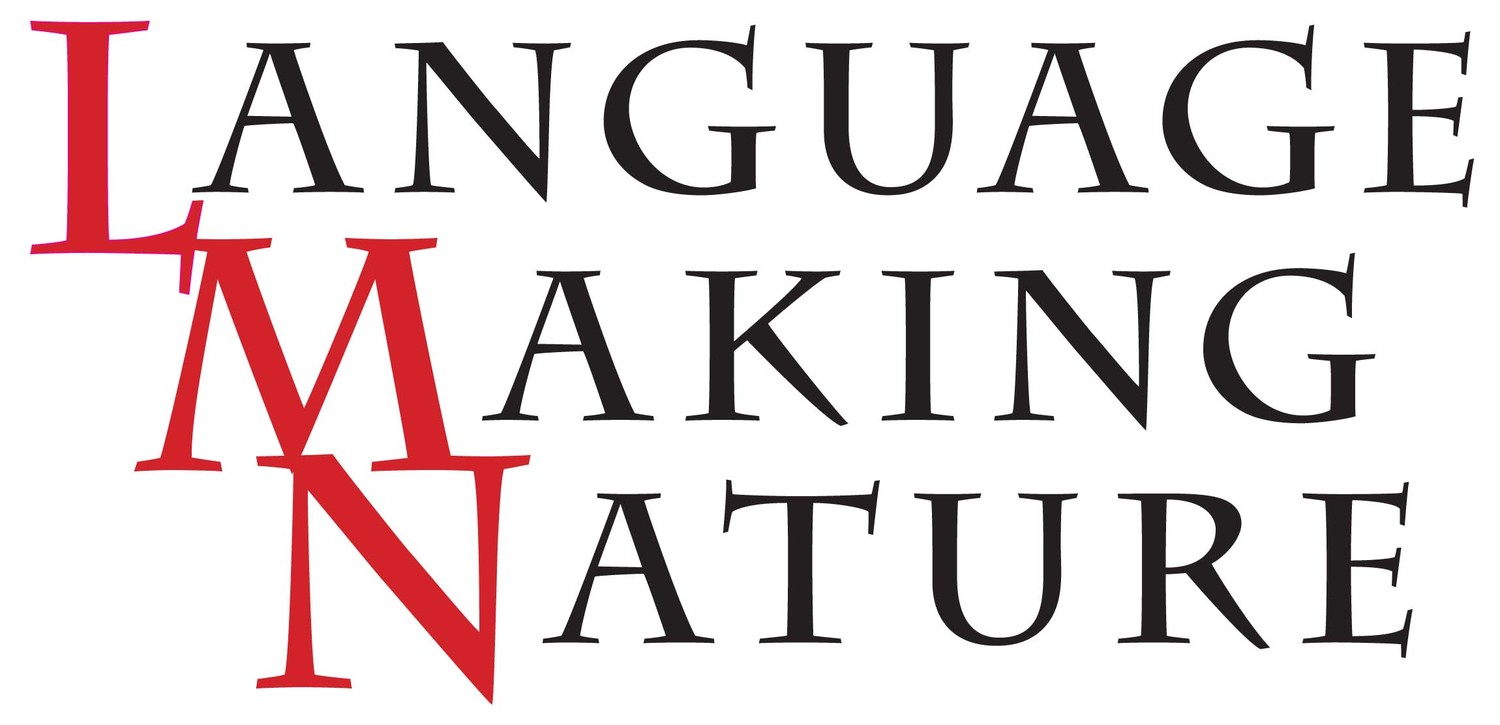Nature Observation and Journaling
/ In an age where we are losing the art of the long observation it's refreshing to see hints of this deep old flame coming back to life. And one of the leading practitioners of this craft is the naturalist-artist John Muir Laws, whose most recent book The Laws Guide to Nature Drawing and Journaling is a stunning compilation of nature observation and illustration techniques and insights.
You might think that observing nature is simply a matter of looking around but there's more to this than meets the eye. As Jack says, "intentional curiosity" is a skill that must be nurtured and carefully cultivated. Long observation asks you to be curious and to embrace mystery; to slow down long enough to ask questions, look for patterns, and ponder possible explanations.
I have had the honor of spending many hours in the field with Jack, teaching classes together and exploring natural landscapes while musing about the role of the naturalist. His infectious exuberance and sense of wonder is the perfect model. Every little detail leads to questions, which lead to more questions, until gradually we begin to see underlying patterns and the hints of possible explanations.
Jack follows a three-part process of asking questions with every observation: I notice, I wonder, it reminds me of. Noticing means that you start by saying out loud every detail you can observe. Wondering means asking questions out loud. Reminding means that you weave in any kind of association that comes to mind without filtering or judging these connections. And at the same time Jack will probably be sketching the observation in his notebook and jotting down notes as this conversation unfolds.
Several important things arise out of this process: One is the discovery of patterns and explanations that would otherwise be missed (why are all these ducks facing the same way on the water? who made all these holes in this leaf?). Another is that slowing down and taking a few minutes, or even a few seconds, to ask questions means that observations shift out of short-term memory and become embedded in long-term memory. Another is that observations begin to filter into a deeper kind of wisdom about the world around you. And finally, the entire process begins to change who you are as a person as you slow down and start paying attention to things.
While the bulk of Jack's new book focuses on nature illustration techniques, his careful explanation of observation skills is worth the price of the book alone. And it may not be obvious at first, but these skills also lie at the core of word making. More than anything else, word making is about naming that which has not been spoken of before, and discovering these vital gaps requires looking at the world around you with compassion, care, and a capacity to see things that everyone else has missed.
In writing my book Language Making Nature, I have been deeply inspired by Jack's sketchbook techniques, how he sketches quickly, constantly, and combines images and words to reflect the moment at hand. Jack isn't worrying about creating perfect art or perfect reflections, the focus is on fluid, fun, and fast. I'm no artist but spending time with Jack made me realize that "word making artists" could just as easily "sketch" with words and word fragments and new ways of putting words together in their own notebooks.
For more information on Jack's work and books visit his website (www.johnmuirlaws.com) where he also offers a wealth of other resources, including videos of his techniques and presentations.

